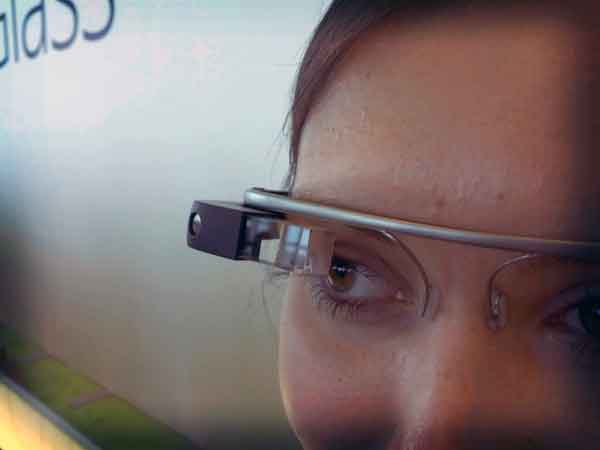
Analysts anticipate remarkable growth for the wearable technology market, which includes products like the Pebble Smartwatch—crafted with Corning’s Gorilla Glass—pictured above. Credit: Wikipedia.
If 2013 was the year of the “selfie,” then consider 2014 the year of wearable technology.
According to independent analyst firm Canalys, wearables—which include health, sports, and activity trackers, as well as smart-glass products—will become a “key consumer technology” in 2014. The company forecasts that more than 17 million wearable bands will ship in 2014, 23 million in 2015, and more than 45 million by 2017. That’s a lot of wrists.
Those numbers don’t include other wearable technology like Google Glass and smart watches like Samsung’s Galaxy Gear and Apple’s iWatch (possibly featuring the much-buzzed-about sapphire screen), all of which are expected to create their fair share of high-tech hype.
To this point, wearable tech has mostly been limited to activity trackers (i.e., FitBit, which grabbed more than 50 percent of the market share in the second half of 2013, when a whopping 1.6 million smart bands were shipped). But the market, along with the number of early adopters, is expected to balloon, creating a wealth of growth opportunities for those in the lifestyle, fitness, and medical fields.
Among the anticipated applications of wearables:
- Surgeons at Washington University School of Medicine are using a special pair of specs that incorporates video technology and a “targeted molecular agent” that can actually “see” cancer.
- IBM-subsidiary Fiberlink has developed the MaaS360 program for Google Glass, which allows the wearer to “monitor and influence a mobile IT environment” through the simplest of hand gestures or voice commands.
- The Human Condition Institute is developing a “modern” safety vest and hardhat that increase safety conditions for those in construction (i.e., transmits vitals to emergency workers and monitors mundane motions that lead to injury).
- The wpForGlass plugin for Google Glass provides “eye publishing,” allowing journalists and bloggers to write and update posts through their eyewear. (This writer, for one, isn’t quite sold on the idea).
- Other developments include an LED “mood sweater” that lets people know exactly how you feel; a transmitter that turns your palm into an interface for multiple mobile devices; a head-mounted display that helps you pick the perfect restaurant; and light-up clothing that can be controlled by your iPhone.
It will be interesting to see where new and unique uses of wearable technology might lead both science and consumers (February’s Mobile World Congress, however, served as a pretty good indicator), as well as how the devices might impact issues regarding ethics, privacy, and personal security.
For some additional reading, check out this article about a group of nano-material researchers from “down under” who have developed an ultra-thin, flexible gold wire that holds a great deal of possibilities in the field of medicine and wearable tech.
Feature Image Credit: Wikipedia.

